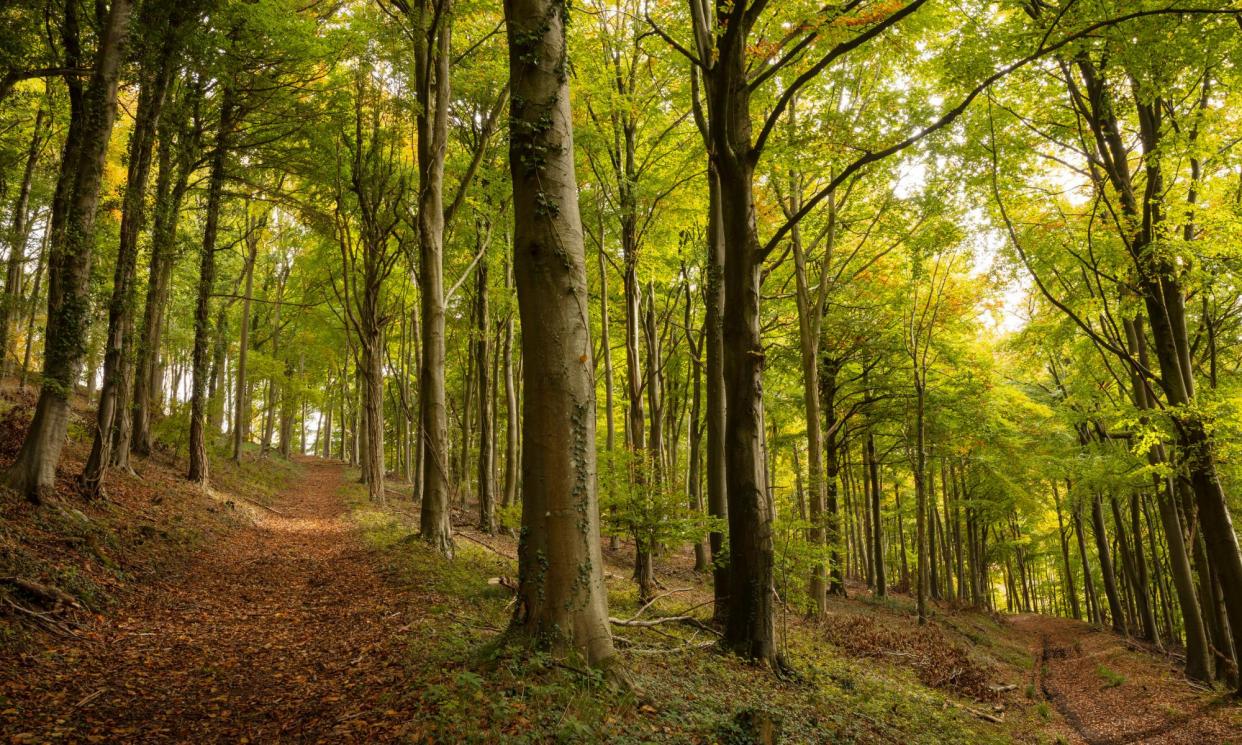Plantwatch: the trees that synchronise reproduction around summer solstice

The summer solstice triggers a remarkable phenomenon in beech trees. All across Europe the beech trees synchronise their reproduction at the solstice, even over vast distances and climates.
The solstice has the longest hours of daylight of the year, and an international research team discovered that the day after the solstice all the beech trees become acutely sensitive to temperature, triggering their seed production.
This synchronisation is even more extraordinary because the hours of daylight hardly change around the time of the solstice, just a few minutes or seconds over a week, depending on latitude.
This synchronisation helps the ecology of beech trees. They make their seeds at irregular intervals, with some years seeing bumper crops of seeds which animals disperse, while other years are lean, allowing the trees to build up their resources.
So the trees all need to keep to coordinate their seed production each year, even when far apart and in different climates.
A previous study found that the summer solstice also orchestrates autumn leaf changes in trees in northern forests. Warming before the solstice triggers tree leaves into earlier leaf fall, and warming after the solstice slows down the autumn leaf changes.

 Yahoo News
Yahoo News 
